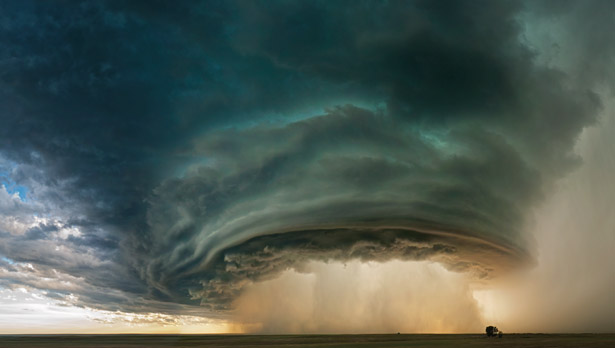
Today we are going to explore weather and weather charting. We will first fill in a KWL chart together as a class. A KWL chart helps us to check our understanding along the way. The K stands for KNOW – what we THINK we know. Sometimes we think we know something, but we find out that we were not correct. The W stands for what we WANT to know. This is the place for our questions or wonderings. The L stands for LEARN. This section will be filled in as we have learned something. To begin with, we will fill in the K and the W as a class. Last week, you did this in your science notebook. You can use your science notebook to help make the class chart.
KWL Chart
| K – What We Think We Know | W – What We Want to Know | L – What We Learned |
Weather Underground
Click to visit the Weather Underground site for a weather calendar for January.
You can also take a look at other months and other locations to see what the weather is like in different areas around the world.
Take a look at the calendar and share the things that you notice about it. What does it include? What do you have questions about?
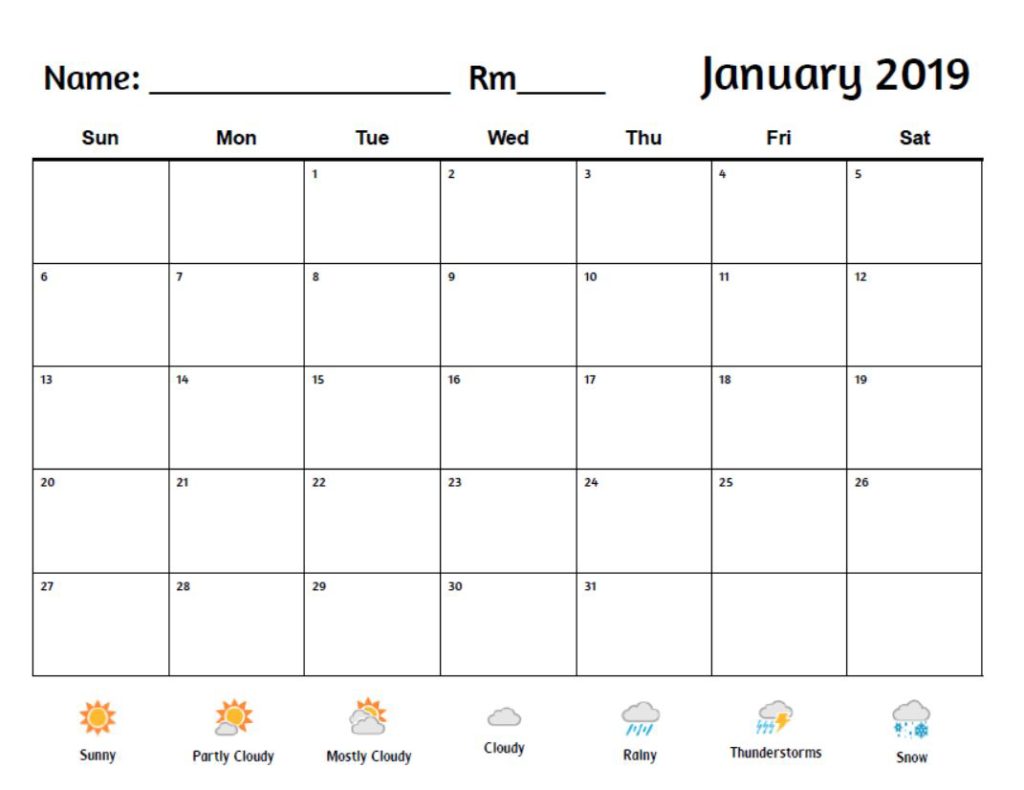
We will use this calendar to record the data that we have so far for January. First, we need to make sure we understand the symbols.
What is the difference between Partly Cloudy, Mostly Cloudy, and Cloudy?
They are all cloudy – so how do you know the difference?
To draw the symbols, use:
- partly cloudy = 1 cloud and the sun
- mostly cloudy = 2 clouds and a sun
- cloudy = 1 cloud

Below is what the Weather Underground January calendar shows as of Monday, January 14th. Does it match with what the weather actually was at the beginning of the week? Did we get rain on Monday and Tuesday? Is it raining today? What do you think about the rest of the month? Why are January 28th-January 31st blank? (I copied this on Monday, January 14th at 6:00am)
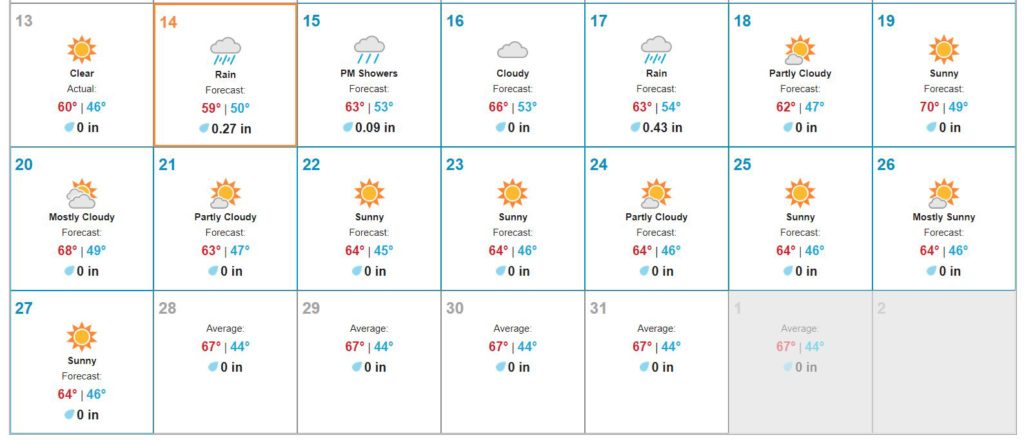
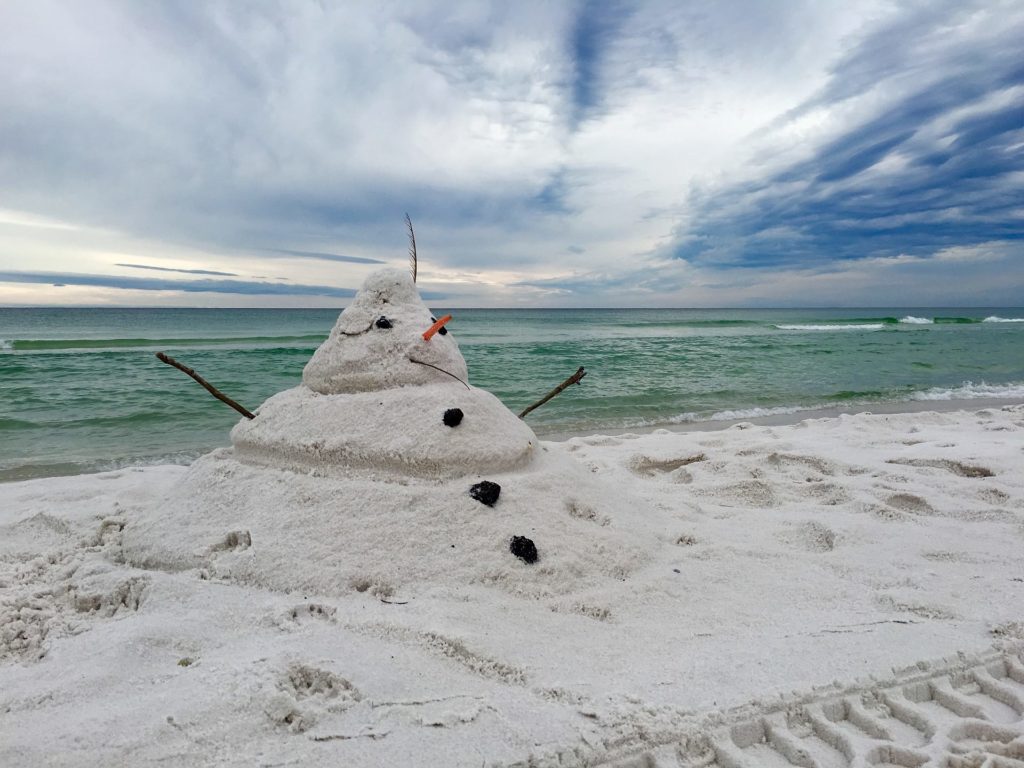
Ever notice how all of the winter photos we see show snow?
Is that true here in San Diego? What has been your experience with snow?
What is typical winter weather in San Diego?
Why do we not get snow?
What kind of clothes would you need for a typical San Diego winter?
?

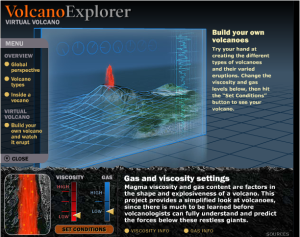 with a balloon over it) and we related that demonstration to what happens with volcanoes. I may use this same demonstration for TK-1st next week.
with a balloon over it) and we related that demonstration to what happens with volcanoes. I may use this same demonstration for TK-1st next week.
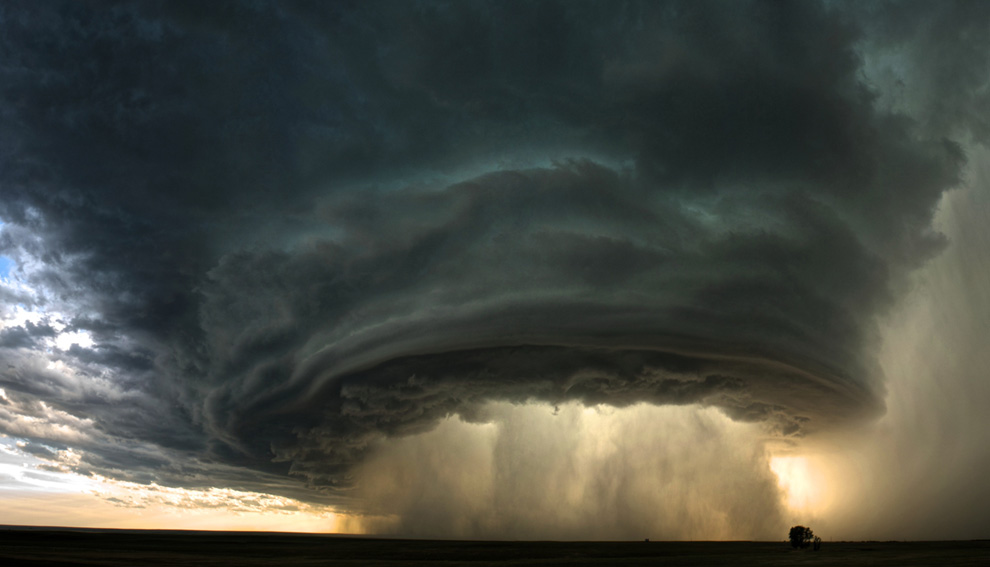
You must be logged in to post a comment.